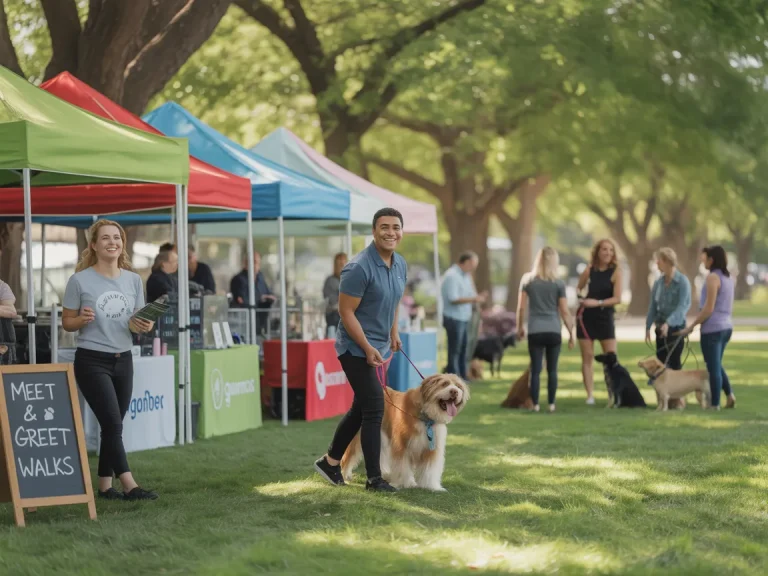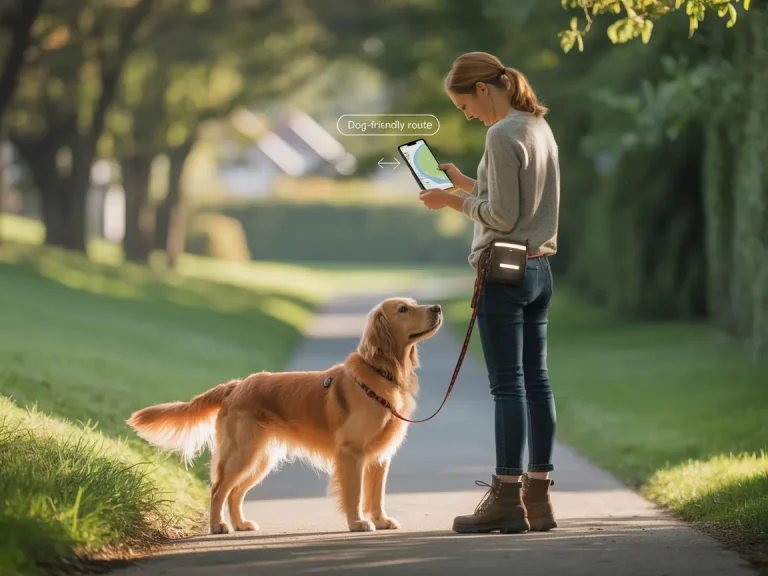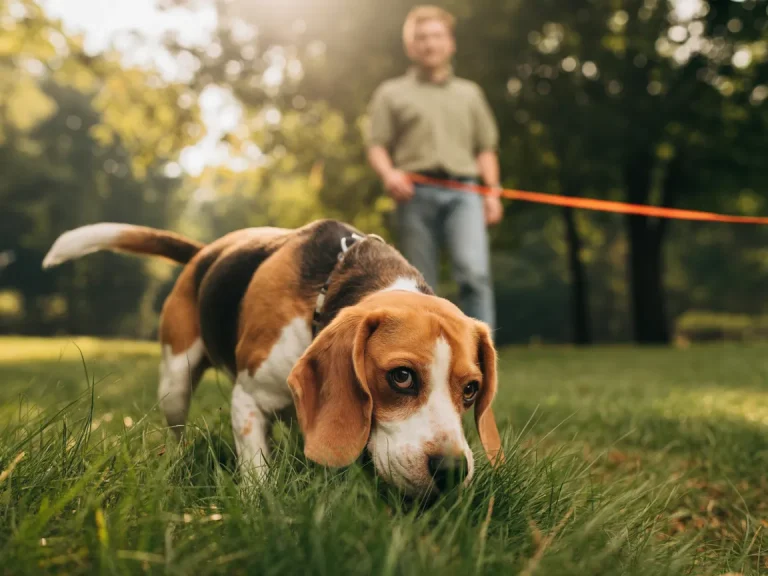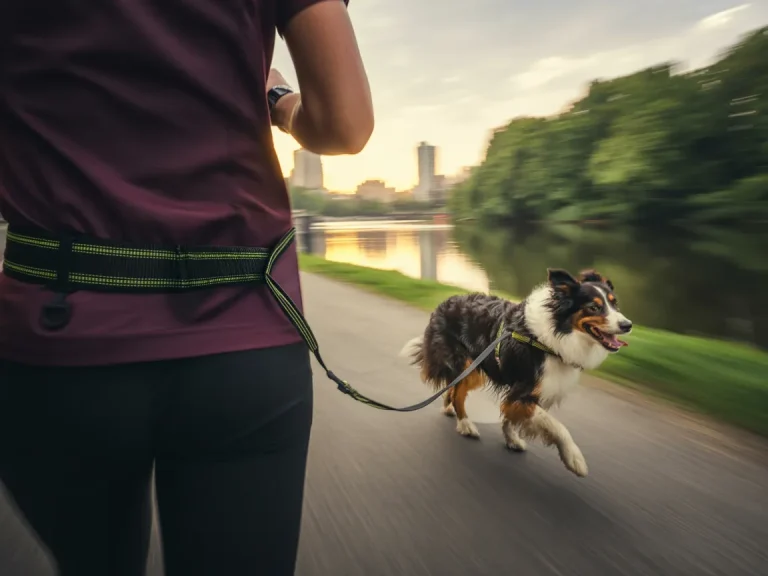Every dog guardian dreams of that easy-going sidekick who obeys like a seasoned pro and still plays like a goofball. Whether you’re tackling puppy kindergarten or giving an adult rescue a fresh start, nailing the basics turns daily chaos into harmony. Ready to level-up your training toolbox? Let’s dive into four tried-and-true behavior boosts that’ll have your pup strutting around like they’re wearing a well-tailored suit.
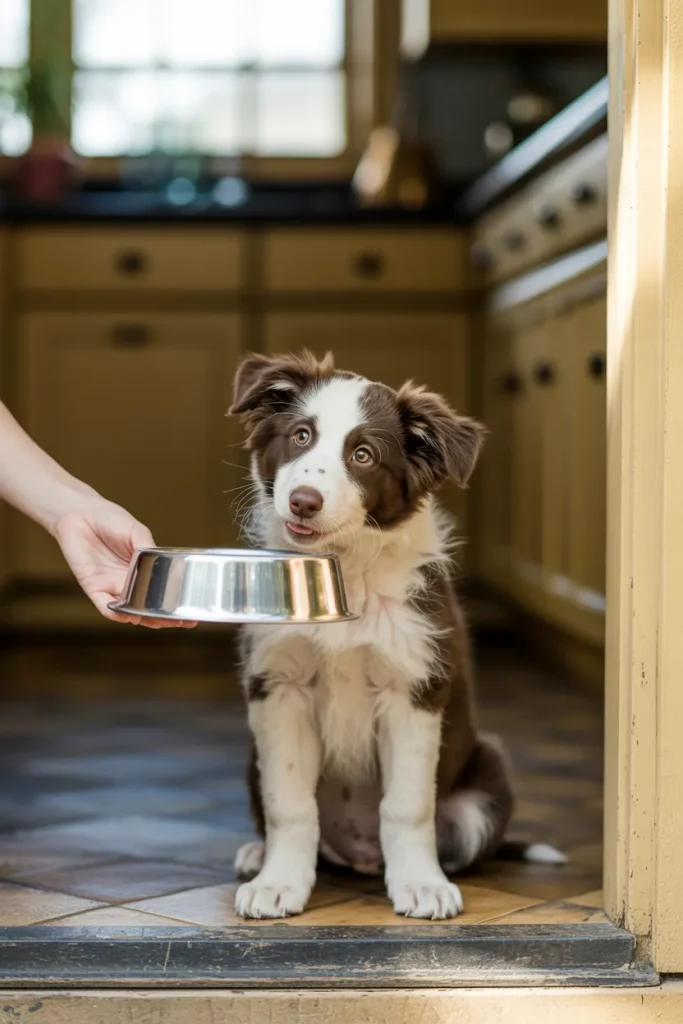
1. Establish a Consistent Routine
Dogs love predictability the way we love Friday afternoons. Feed, walk, and play at roughly the same times and watch your pup relax into the rhythm. Breakfast always follows a short potty break? They’ll start offering a polite sit the moment you reach for the kibble. Busy brain? Set phone reminders so you’re the metronome your dog needs—not the forgetful roommate they outsmart.
2. Master the Art of Positive Reinforcement
Think of rewards as text messages that say, “Yes—do more of that!” As the American Kennel Club explains in its guide to positive reinforcement training, the key is rewarding the behavior you want the instant it happens. Grab pea-sized treats or that squeaky ball your dog guards like buried treasure. The moment they ignore the screeching squirrel or hush mid-bark, celebrate fast—ideally within a heartbeat—so the cause-and-effect is crystal clear. Too many snacks creeping onto the waistline? Trade half the treats for tug-of-war bursts or an over-the-top praise party. Variety keeps the game spicy and your pup’s figure trim.
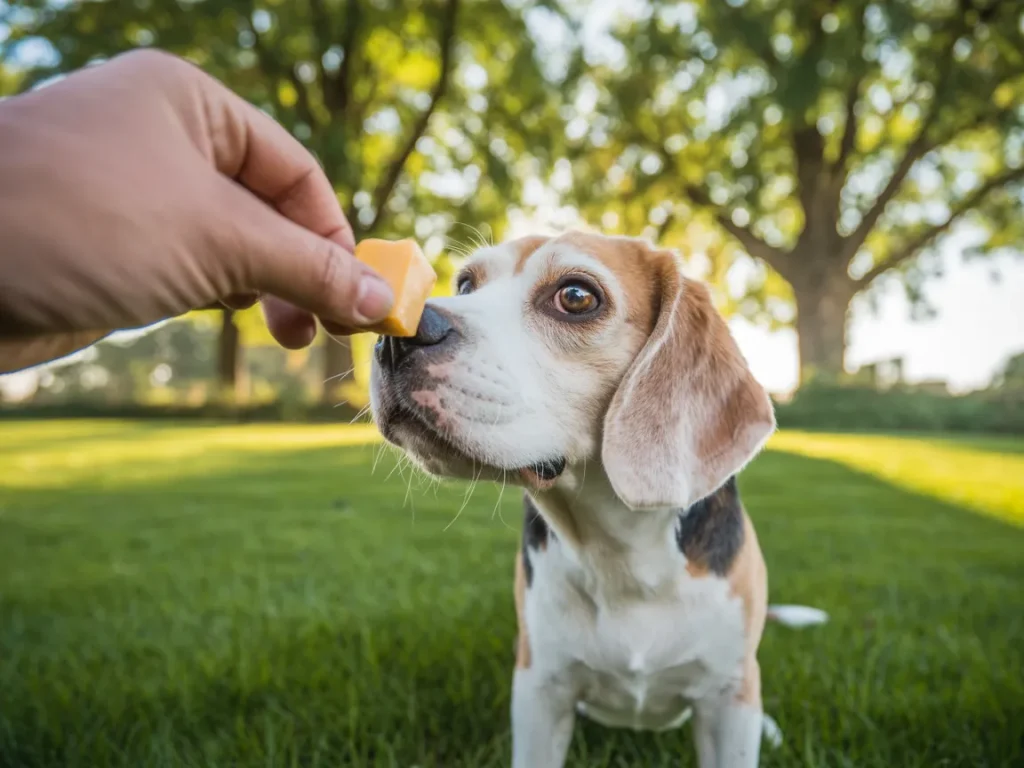
3. Leash Manners: From Tension to Leisure
A peaceful stroll isn’t about owning the fanciest leash—it’s about teamwork. Teach your dog that a tight line presses pause on forward motion, while a slack leash cues the adventure to continue. Start in your living room, where distractions are mild. Each time the leash tightens, freeze and wait for that moment of slack before moving on. Once they’re acing it at home, graduate to the sidewalk catwalk. A front-clip harness can help reroute eager rockets back to your side without dampening their spirit.
4. Crate Comfort: More Than Just a Box
Picture the crate as your dog’s private studio apartment—stocked with a plush blanket and an occasional room-service chew. The Humane Society’s straightforward crate training guide backs this up: a crate should feel like a safe den, never a punishment. Begin by sprinkling meals inside with the door propped open, inviting curiosity. Add a simple cue like “home” every time you drop a treat in, and soon your pup will trot inside faster than you can say “lights out.” Whatever you do, never turn the crate into time-out jail. It’s the sanctuary where storms feel softer and guests seem less scary.
Feeling the momentum? Keep these foundations strong and each new skill will slot into place like puzzle pieces on game night. Happy training—your future well-mannered roommate is already wagging in anticipation.
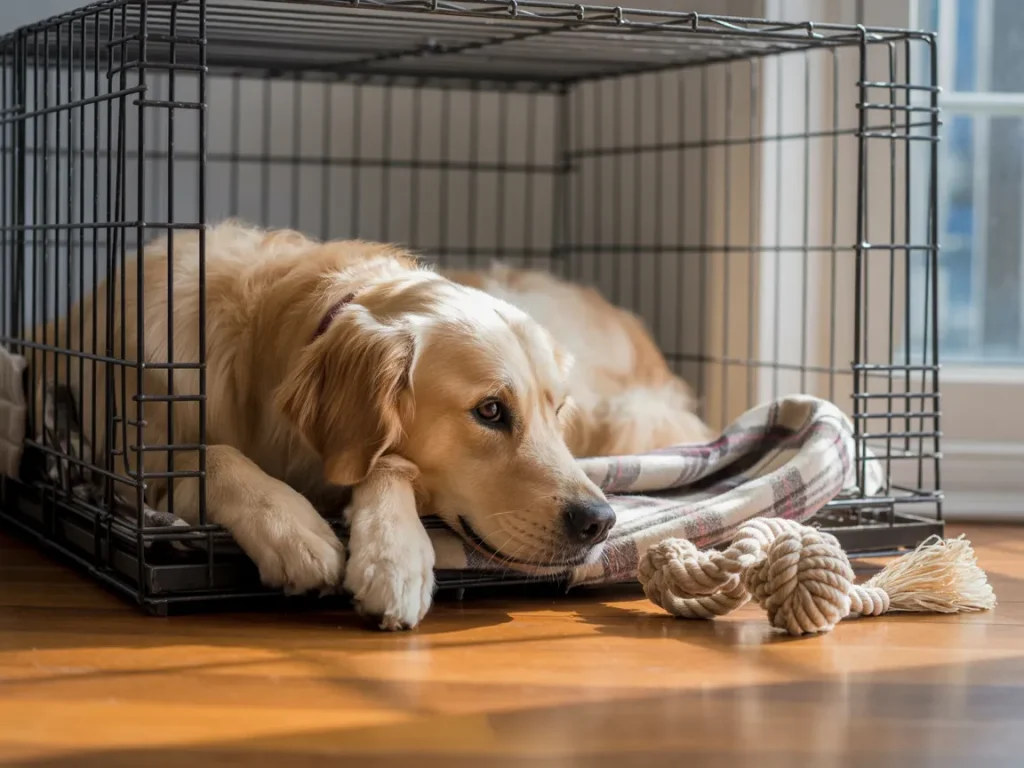
5. Dress for Success: The Right Dog-Walking Outfit
You wouldn’t jog in flip-flops, so why brave a soggy park in stiff jeans and slick soles? Slip into moisture-wicking layers that move when you do, add trail shoes that grip like gecko feet, and tuck treats and bags into pocket space you can reach without a scavenger hunt. Early-bird walker? Reflective piping on your jacket turns you into a friendly lighthouse for passing cars. I also stash a hand-towel in my belt pouch—one swipe and those mud-monster paws are ready for the couch again.
6. Quiet the Choir: Bark Control Strategies
Is your dog convinced the mail carrier is a mustache-twirling villain? First, discover the soundtrack that sets them off—doorbells, squirrels, boredom. Then work smarter, not louder:
Turn the volume down gradually. Play recordings of the trigger at a whisper and reward Zen-like silence. Scroll the dial up only when calm becomes old news.
Give them a job. Teach “quiet” by catching the split-second pause between barks—click, treat, party. Pretty soon they’ll zip it on cue because silence pays better than noise.
Send energy out the door. A well-exercised dog is too pleasantly tired to audition for lead singer. Stretch your walk an extra block or hide dinner in a puzzle feeder and watch the decibels drop.
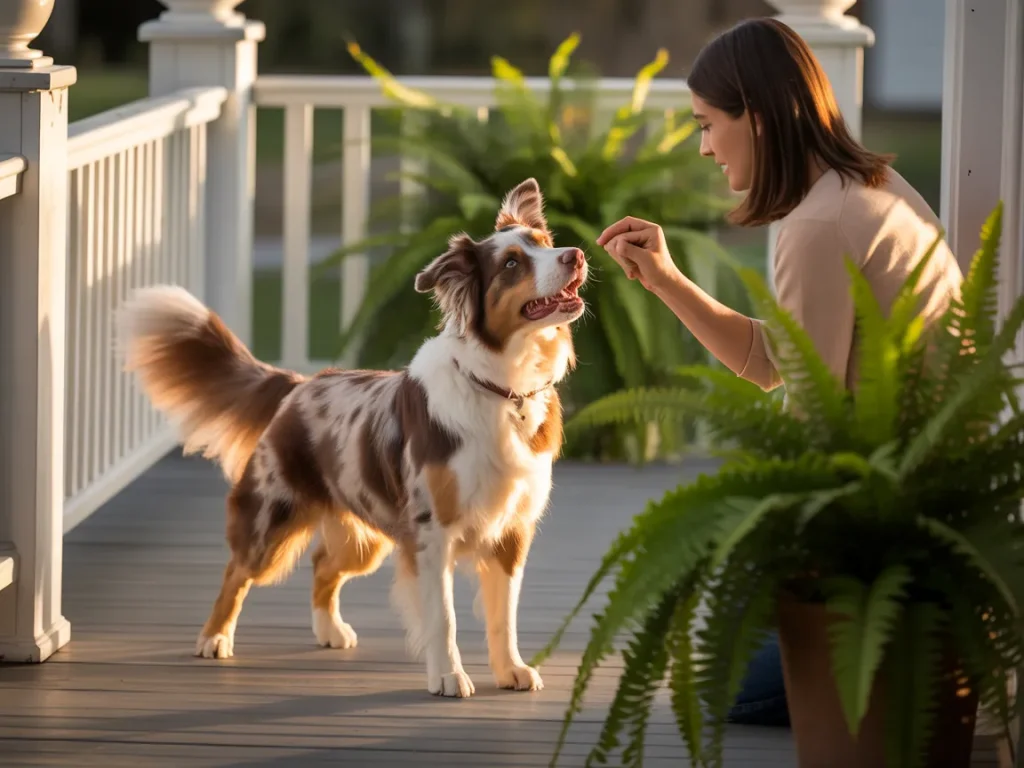
7. DIY Dog Crate Hacks
Building a crate isn’t advanced rocket science; it’s weekend-warrior carpentry with a wagging supervisor. Measure so your pup can stand, spin, and sprawl like a sun-worshipper. Saw slats or add mesh panels so fresh air flows through like a gentle breeze. Line the floor with washable pads—spill, zip, wash, repeat. Finish the outside with paint that matches your décor and suddenly the crate looks less “pet gear” and more “boutique furniture.” Best part? Your dog thinks you just gave them a private cabin in the woods.
8. Impulse Control: Teach “Leave It” and “Wait”
Ever wish your dog treated sidewalk leftovers like kryptonite? Place a treat under your shoe. The moment your pup sighs and looks away, drop a jackpot treat from your pocket. Voilà—“leave it” means ignore now, earn better later.
At doorways, ask for a sit and whisper “wait.” Hand on the knob, crack it open—if they launch, the door shuts like a drawbridge. Stay calm, try again. Soon your dog sits like a patient commuter waiting for the green light, and you both step through in civilized style.
Small moments of self-control today grow into big life skills tomorrow. Soon you’ll marvel at the polite pooch beside you—and wonder how that former tornado became a gentle breeze.
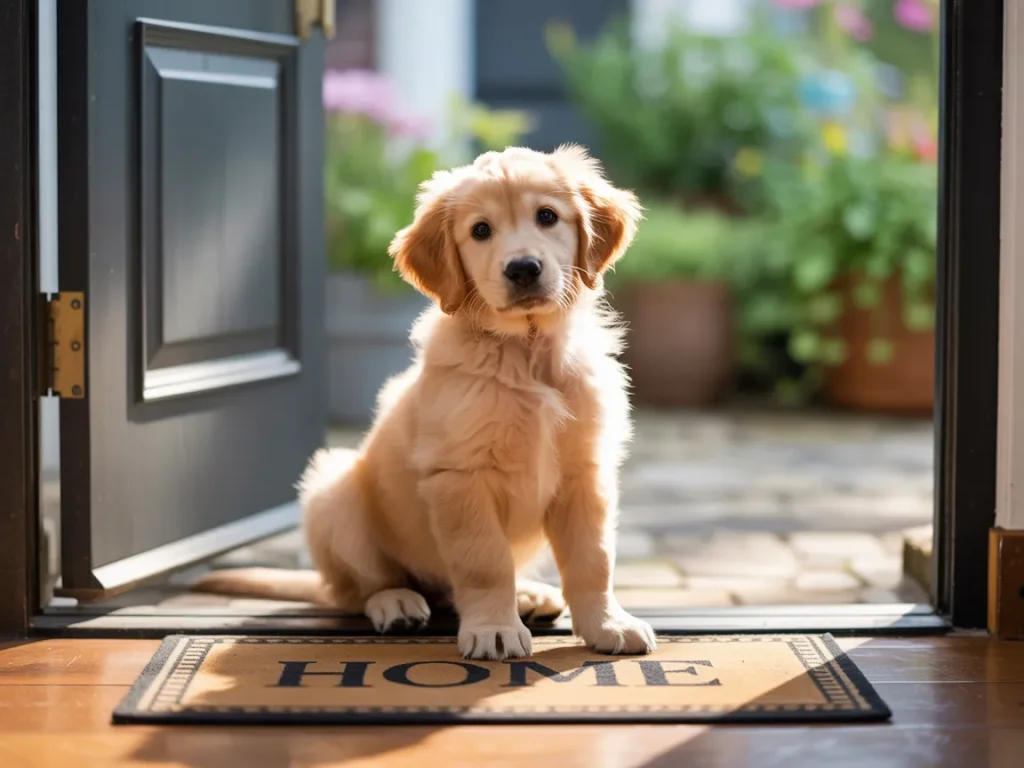
9. Socialization: The Shortcut to a Fear-Free Life
Think of socialization as your dog’s passport stamp collection—each new sight, sound, or furry friend says, “Hey, the world’s a pretty cool place.” The American Veterinary Society of Animal Behavior’s Puppy Socialization Position Statement lays out why early exposure to safe, positive experiences is the fastest track to confidence. Start in calm settings: a quiet park bench, a buddy’s laid-back Labrador. Pair every new encounter with treats and upbeat praise so curiosity outruns caution. Puppy kindergarten (or beginner classes for grown rescues) offers supervised play where shy pups find courage and rowdy ones learn manners. Prefer smaller gatherings? Set up “friend dates” with one vaccinated pal at a time; it’s speed dating for confidence.
10. Ongoing Education: Keep the Brain Gym Open
Training doesn’t end when your dog nails “sit.” Spend five spare minutes a day polishing old cues and sprinkling in fresh puzzles—like asking them to drop toys in a bin before the next round of fetch. Upgrade the classic treat ball into a backyard scent hunt; hiding kibble under flowerpots turns dinner into a detective game. And don’t go it alone—online forums and local clubs brim with clever hacks and cheer squads ready to celebrate every light-bulb moment.
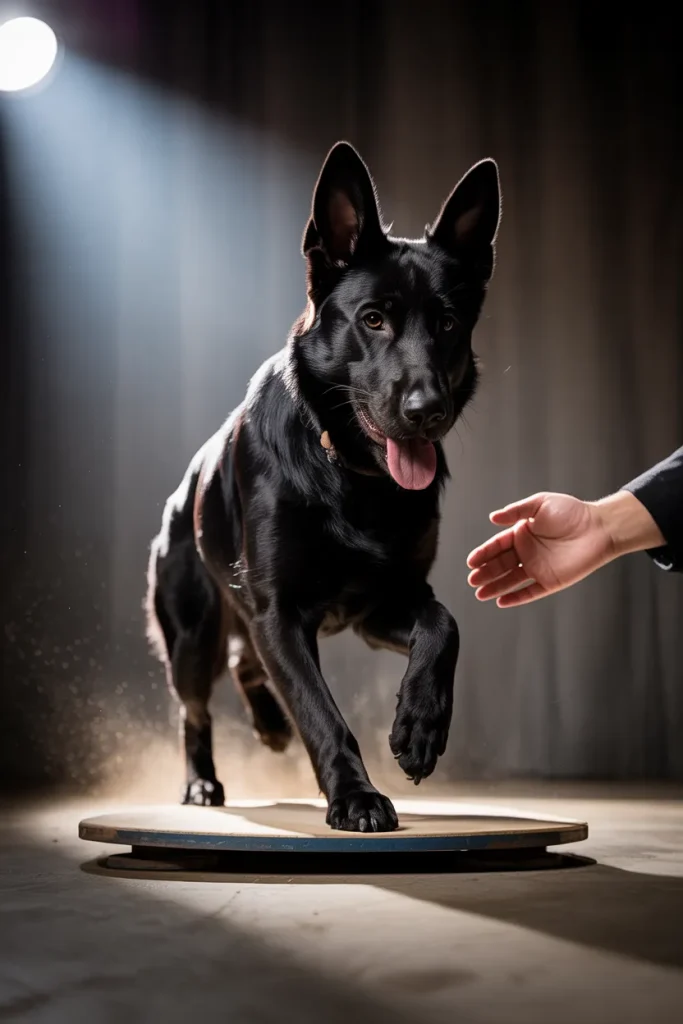
Disclaimer: This article is for informational purposes only and does not constitute professional veterinary advice. Always consult a licensed veterinarian or certified dog trainer regarding the specific needs and health of your dog.
